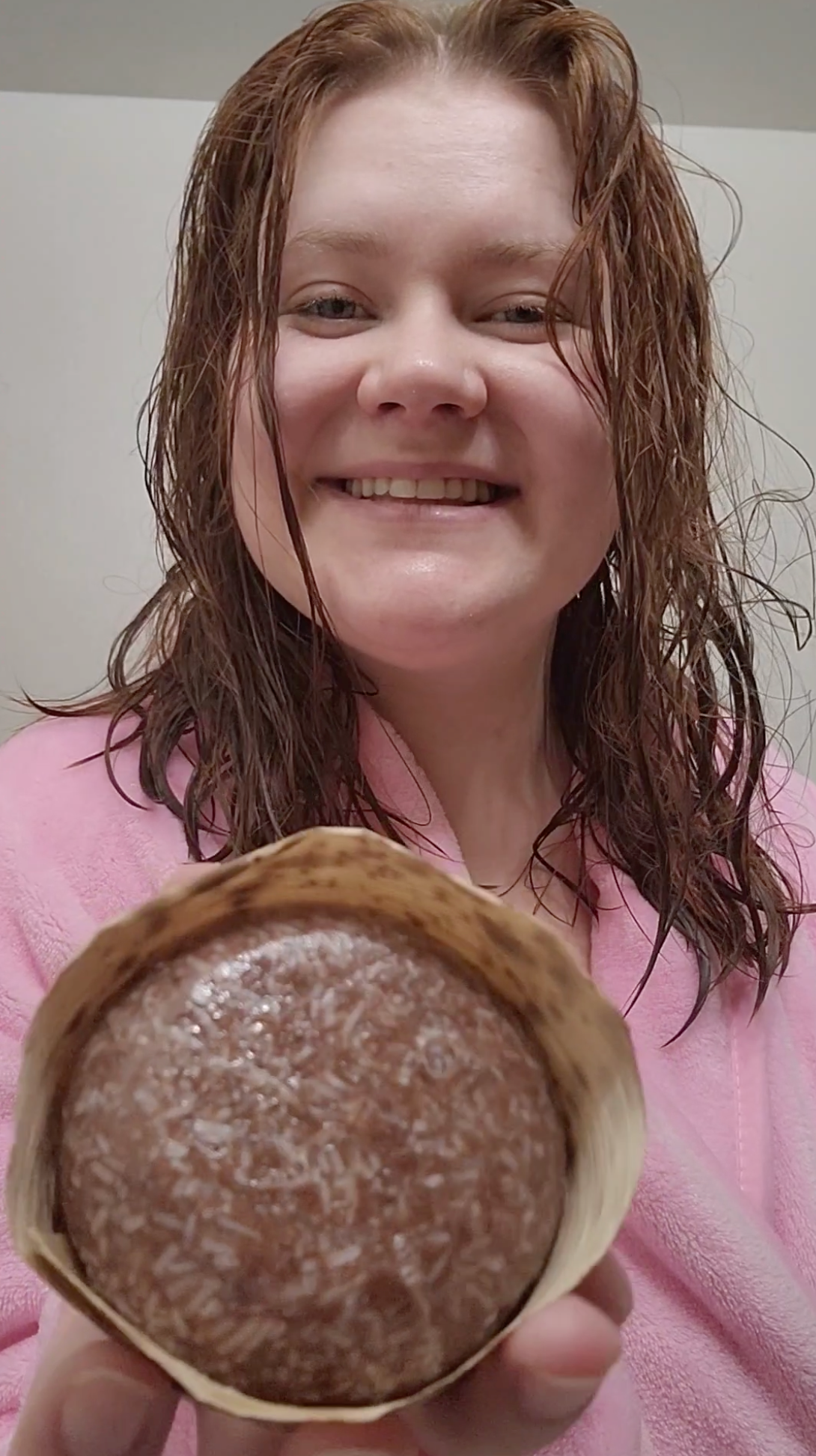

Why Do Natural Soap Bars Get Little White Spots?
If you’ve ever noticed tiny white spots on your natural soap bar, you might have wondered what they are and whether they affect the soap’s quality. The appearance of white spots on natural soap bars is a common occurrence, and while it may seem concerning, it’s usually harmless. In this blog post, we’ll explore the reasons why natural soap bars can develop white spots, what they mean, and whether they impact the soap’s effectiveness.
What Are the White Spots on Natural Soap Bars?
The white spots you see on natural soap bars are often due to a process called soda ash formation. Soda ash is a white, powdery substance that sometimes forms on the surface of soap during the curing process. It’s essentially a reaction between the sodium hydroxide (lye) used in soap making and carbon dioxide in the air. This reaction typically occurs when the soap is exposed to air too soon after being poured into molds.
Another reason for white spots could be the crystallization of certain ingredients, such as shea butter or coconut oil. When the soap cools unevenly or experiences temperature fluctuations, these ingredients can sometimes crystallize, leading to white spots or streaks.
Why Do Natural Soap Bars Develop White Spots?
Several factors can contribute to the development of white spots on natural soap bars:
Related Products
1. Exposure to Air During Curing
- Soda ash forms when soap is exposed to air before it has fully saponified (the process where oils turn into soap). This often happens when soap is left uncovered in a humid environment or if the curing process is rushed.
2. High Humidity Levels
- Humidity can play a significant role in the formation of white spots. When natural soap is made in a humid environment, it is more likely to develop soda ash or other surface discolorations.
3. Temperature Fluctuations
- If the soap cools too quickly or if there are significant temperature changes during the curing process, certain ingredients in the soap can crystallize, leading to white spots.
4. Natural Ingredients
- The use of natural ingredients, such as unrefined shea butter or cocoa butter, can sometimes cause white spots to appear. These ingredients may contain impurities or naturally occurring compounds that can react during the soap-making process, creating white spots or streaks.
Do White Spots Affect the Quality of the Soap?
In most cases, the white spots on natural soap bars are purely cosmetic and do not affect the soap’s quality or effectiveness. Soda ash, for example, is harmless and doesn’t alter the soap’s cleansing or moisturizing properties. Similarly, the crystallization of oils or butters is a natural occurrence and doesn’t impact the soap’s performance.
Are White Spots a Sign of Poor-Quality Soap?
Absolutely not! White spots are a natural and common occurrence in handmade soap, especially those made with natural ingredients. They are often a sign that the soap was crafted using traditional methods and free from synthetic additives. The presence of white spots does not indicate a defect or a lack of quality. Embracing these small imperfections is part of appreciating the beauty of handmade, natural soap.
Special Offer Just for You!
Thanks for reading our blog! As a token of appreciation, enjoy 10% off your next purchase with code BLOG10.
Curious about how our products work in real life? Check out what our customers are saying about their favorite shampoo bars and soap collections. Join the Parrotfish family and see why they love us!
Let customers speak for us
from 224 reviewsUnlike bottle dog shampoo. This lathers up so easily and my puppy smells wonderful!
I am not a fan of most bar type shampoos or conditioners, but this one works really well on my hair. Good lather and good scent. Also keeps my hair conditioned well.
Love! Was complimented on how great my gray hair looked after 1 use! Thank you definitely will buy again! No plastic to recycle and the beautiful bars dont clutter the bathtub. A huge plus for the environment and me a neat freak!
I was surprised how easy it lathers . Love the smell and use to remove yellow tones in my hair. Highly recommend
This is my first Parrotfish order and I am sold! The shampoo has a rich lather and cleans my hair so well, the conditioner leaves my hair shiny and soft, and the soaps smell SO goody and leave me squeaky clean. I was sent an extra bar of soap as a bonus - thank you!!! I love how good these smell, how effective they are, and that they don't use any plastic packaging!
Elevates your shower game. Perfect tool to help unwind after a stressful day at work or a chaotic one with the kids. 10/10
Smells wonderful and leaves my buzz cut and scalp clean.
I already love the shampoo and conditioner bars, but this bundle just made it easy to get everything i need for whole body! Love that i dont have to deal with bottles and everything smells so good
I recently tried the new ParrotFish dog shampoo, and I am beyond impressed! Not only does it leave my dog’s coat incredibly soft and shiny, but the scent is absolutely fantastic—fresh, clean, and long-lasting without being overpowering. Bath time has gone from a chore to a treat! It lathers well, rinses easily, and my dog’s skin seems much calmer and less itchy since switching. You can tell it’s made with quality ingredients. Highly recommend for anyone looking to upgrade their dog grooming routine. ParrotFish nailed it with this one!
Gotta tell you this is one of those rare delights of life that continue to give you the little joy in small things.
Now I know you're probably thinking it's a but pricey but it lasts for months and it gives you that squeaky- clean feel with your hands through your hair as you use it, so you know it's top-notch and getting the job done right, unlike some of those greasy petroleum/chemical like fake goop from a mass market thing.
I'm definitely not picky at all about these things usually, except this is one of the true gems that give you a little spark that you've found something special. You won't go back.
And it's compact - no bulky bottles, no plastic, perfect for a workout bag and use at home or on that shower shelf. And the company is top-notch, A+++ customer service and you can just tell they are good people with the occasional handwritten note in your delivery.
Can't say enough and won't use mass market crud again.
P.S. It's all about the Peppermint shampoo for me.
I love this shampoo bar. It lathers and smells so good.
This soap is so delightful. The fragrance is fresh, light and energizing.
This shampoo and conditioner set is top notch! My hair feels the best it ever has and it looks amazing!
I initially found the Parrotfish Argan Oil Conditioner Bar at an Erewhon store and decided to try it. It has transformed my hair from dry, frizzy and wavy to soft, shiny, and bouncy. It brought back my hair large loose curls. I looked up Parrotfish online and decided to buy my second one direct. Fulfillment was quick and shipping too. 😊
I immediately fell in love with this shampoo. I’ve always had oily hair but could never find shampoo that would actually help. My hair has never felt so clean with the peppermint shampoo!! I briefly tried to use other peppermint shampoo bars for convenience rather than shopping online but none of them are as good. I will never use another shampoo again!!












